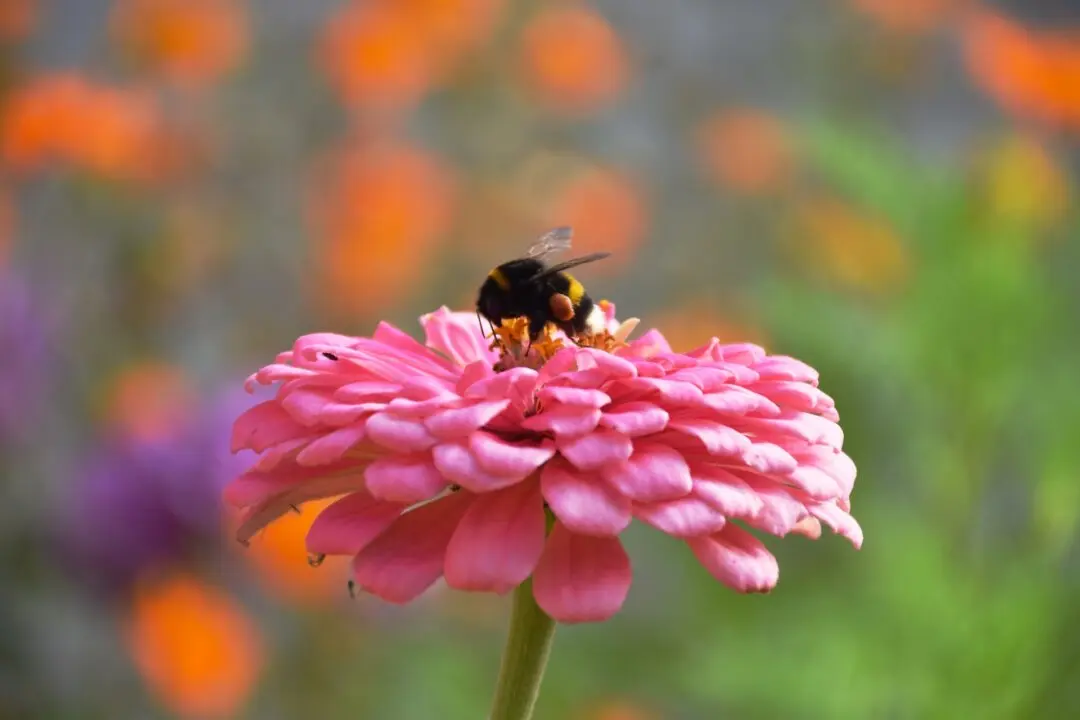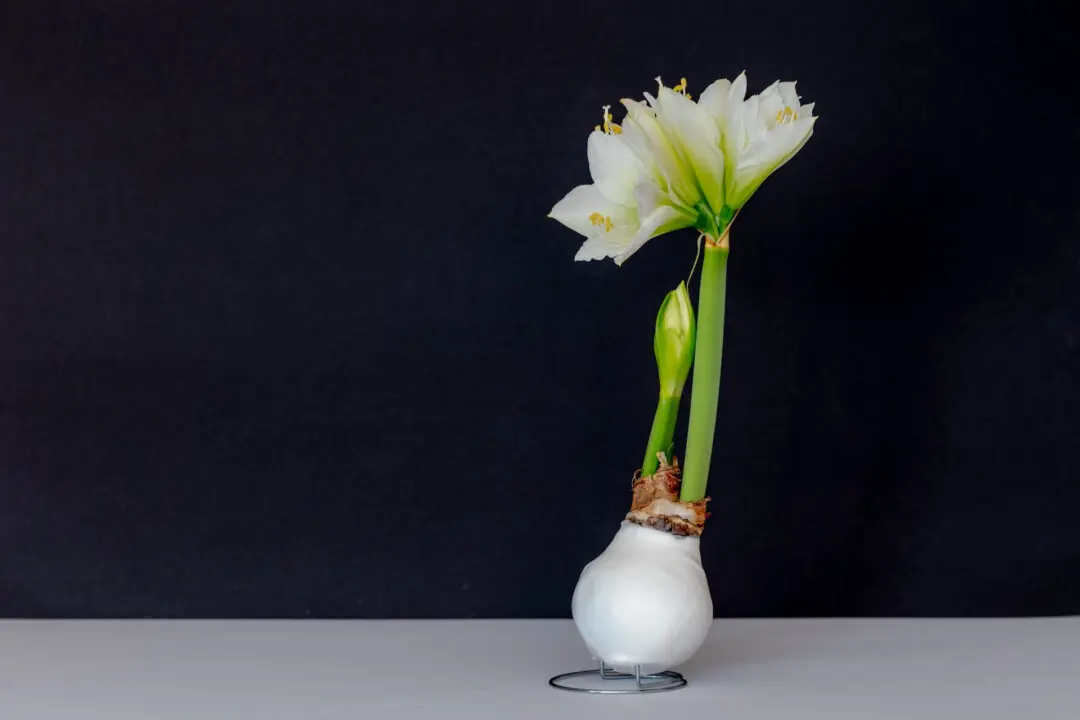Q: Recently, I was reading an old garden magazine at the doctor’s office about making your own concrete planter. I was going to ask about copying it, but I forgot, and now the magazine is not there. Do you know what the ingredients are and how to make a concrete planter?
A: I do know, and it’s a project that many gardeners can complete. First, what is tufa? It is a naturally occurring limestone that is very porous and is often formed in lakes. It can be mined and used for building materials and for making planters.





